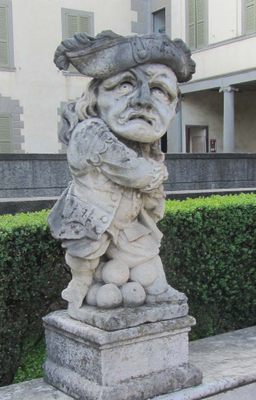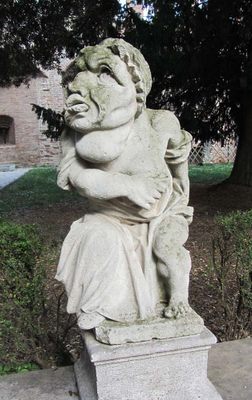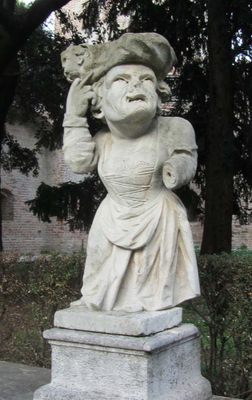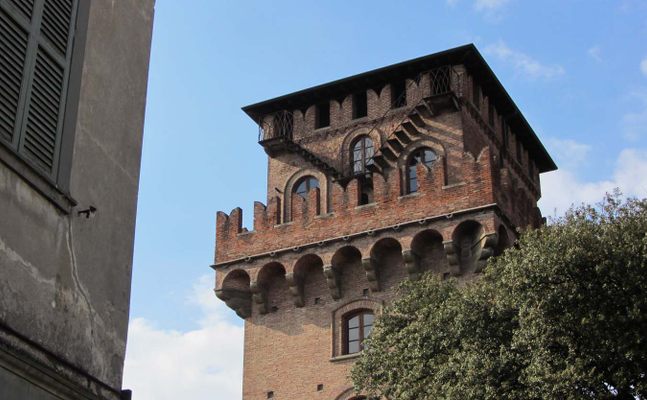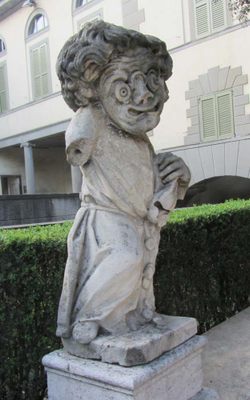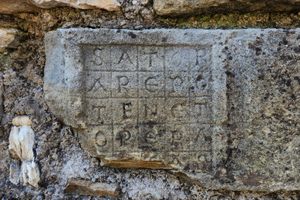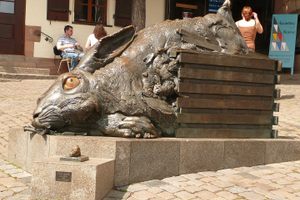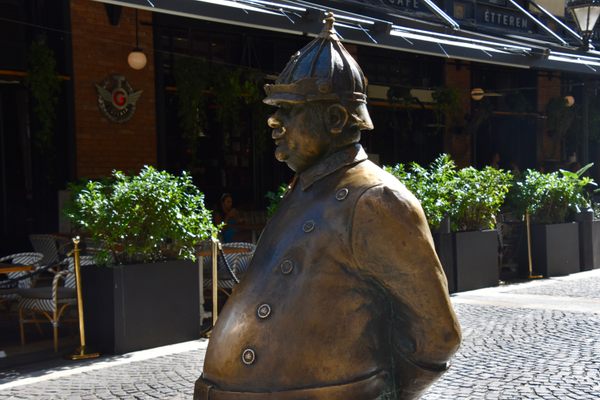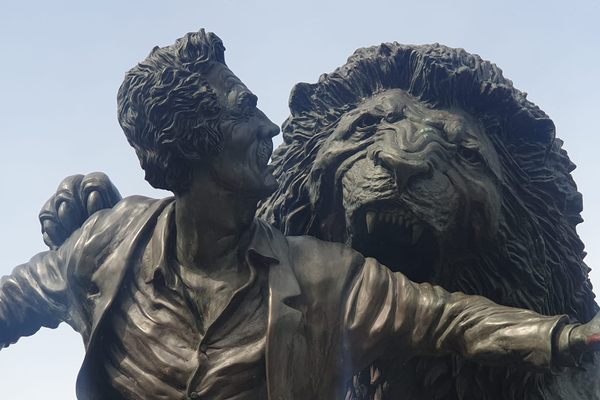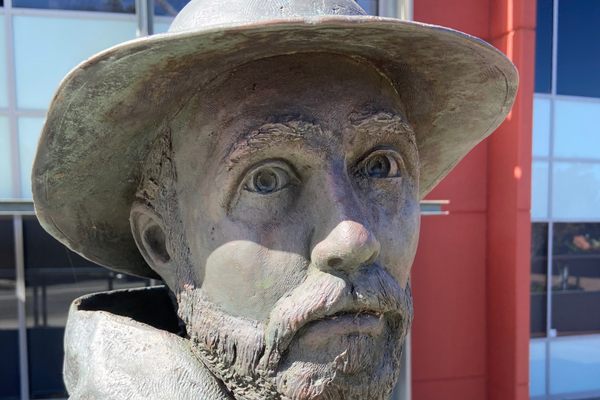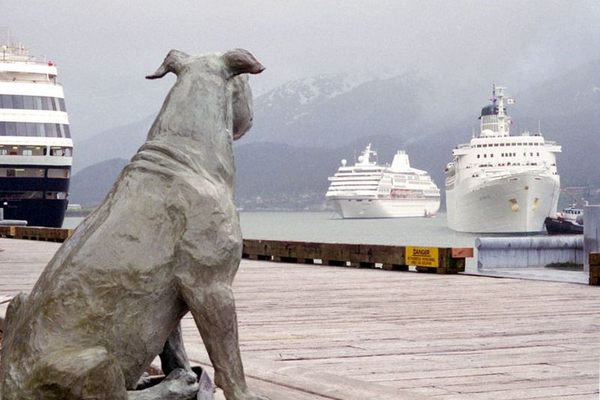About
Urgnano Castle was constructed in 1354 as a military outpost, but the existence of something akin to a fortress on the same location was attested by a document dating back to 1016. Several families owned the castle, but it was the Albani family in the 1400s that turned it into the stately mansion that can be seen today. The castle is currently in the hands of the Urgnano municipality.
Urgano Castle ticks all the boxes of a fantasy castle, including a moat (now dry), a drawbridge, and convoluted underground labyrinths. It's also said that several grisly events took place within its walls. To top it off, there is a mysterious figure in one of the paintings that is rumored to be none other than Leonardo da Vinci, who came to Urgnano to study the defensive mechanisms of the castle.
All of this would already make Urgnano Castle worth a visit. Yet, it's the roof garden that holds something truly special. A gravel passage leading to the fountain is fronted by nine statues of dwarves with anatomical deformities, each representing a human weakness or vice, such as wrath, fastidiousness, greed, conceit, and gluttony.
This practice was common in the 1700s in this part of the world. This type of sculpture is known as a grotesque. The representation of a negative concept through an exaggerated representation of a person’s physical features was supposed to induce a sense of repulsion in the viewer.
Related Tags
Community Contributors
Added By
Published
October 5, 2021
